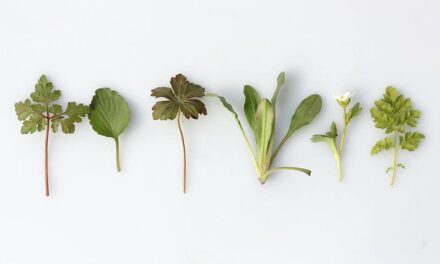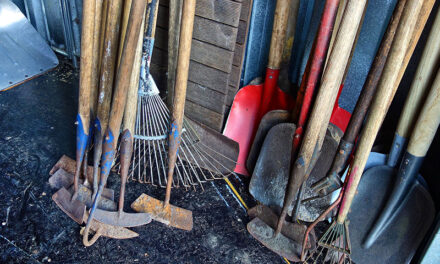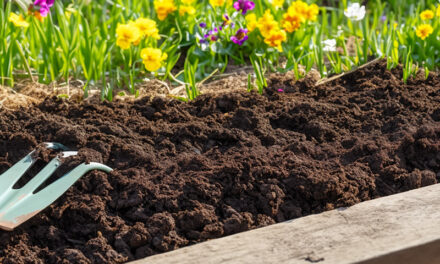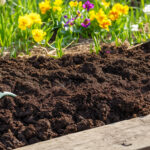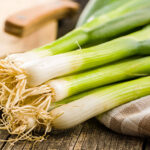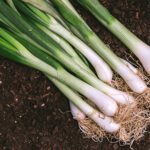Vegetable gardening is a rewarding and enjoyable hobby that brings fresh, homegrown produce to your table. If you’re new to gardening, starting with the basics can set you up for success. This guide will walk you through the essentials of vegetable gardening for beginners, from selecting crops to nurturing your garden for a bountiful harvest.
Why start vegetable gardening?
Growing your own vegetables offers numerous benefits:
- Access to fresh, organic produce.
- Savings on grocery bills.
- Reduced carbon footprint.
- A healthy and relaxing outdoor activity.
With a little planning and effort, even beginners can enjoy the rewards of a thriving vegetable garden.
Step-by-step guide to vegetable gardening for beginners
1. Choose the right location
- Sunlight: Most vegetables need 6–8 hours of sunlight daily. Pick a spot with consistent light exposure.
- Drainage: Ensure the area has good drainage to prevent waterlogging.
- Protection: Avoid areas prone to strong winds or heavy foot traffic.
2. Start with a small garden
As a beginner, it’s wise to start small to manage your garden more effectively. A 4×4-foot plot or a few containers is a great way to begin.
3. Select beginner-friendly vegetables
Choose crops that are easy to grow and maintain:
- Leafy greens: Lettuce, spinach, and kale are quick and forgiving.
- Herbs: Basil, parsley, and cilantro grow well in small spaces.
- Root vegetables: Radishes and carrots are low-maintenance and rewarding.
- Tomatoes and peppers: Perfect for containers or small plots with proper support.
4. Prepare the soil
- Test the soil pH (ideal range: 6.0–7.0).
- Mix in organic compost to enrich the soil and improve drainage.
- Remove weeds and debris before planting.
5. Planting basics
- Follow seed packet instructions for depth and spacing.
- Water the soil before planting seeds to ensure good contact.
- Mulch around plants to retain moisture and reduce weeds.
Caring for your vegetable garden
1. Watering
- Water deeply and consistently, especially during dry spells.
- Morning watering is best to reduce evaporation and fungal risks.
2. Fertilizing
- Use an organic, balanced fertilizer to support plant growth.
- Avoid over-fertilizing, as it can harm plants and the environment.
3. Pest management
- Inspect plants regularly for pests or disease.
- Use natural solutions like neem oil or introduce beneficial insects such as ladybugs.
4. Pruning and weeding
- Remove dead leaves and stems to encourage healthy growth.
- Pull weeds regularly to prevent competition for nutrients.
Tips for vegetable gardening in small spaces
- Container gardening: Use pots or grow bags for herbs, tomatoes, and peppers.
- Vertical gardening: Install trellises or shelves to maximize growing space.
- Intercropping: Plant quick-growing crops like lettuce between slower ones like broccoli.
Harvesting your vegetables
- Harvest vegetables when they’re ripe for the best flavor and texture.
- Pick frequently to encourage plants to produce more.
- Use a clean, sharp tool to avoid damaging the plant.
Common beginner mistakes and how to avoid them
1. Overwatering
Too much water can lead to root rot. Check soil moisture before watering and ensure proper drainage.
2. Ignoring sunlight requirements
Planting in too much shade can result in poor growth. Choose sun-loving vegetables for your garden.
3. Planting too many crops
Avoid overcrowding your garden. Stick to a few vegetables and focus on quality over quantity.
4. Skipping soil preparation
Neglecting to enrich and prepare your soil can hinder plant growth. Always amend the soil with compost or organic matter.
FAQs about vegetable gardening for beginners
1. What are the easiest vegetables for beginners to grow?
Leafy greens, radishes, carrots, and herbs like basil and parsley are great choices for new gardeners.
2. How much space do I need to start vegetable gardening?
You can start small with a few containers or a 4×4-foot garden bed, perfect for beginners.
3. How often should I water my vegetable garden?
Water 1–2 times a week, adjusting for weather and soil type. Always water deeply to encourage strong roots.
4. Can I grow vegetables indoors?
Yes! Use pots, grow lights, and a sunny windowsill to grow herbs and small vegetables indoors.
5. Do I need special tools for vegetable gardening?
Basic tools like a trowel, gloves, a watering can, and pruning shears are sufficient for beginners.
6. How can I prevent pests in my vegetable garden?
Regular inspections, natural pest deterrents, and companion planting can help keep pests at bay.
Conclusion
Starting vegetable gardening as a beginner can be a fun and rewarding journey. By choosing the right location, planting beginner-friendly crops, and maintaining your garden with care, you’ll soon enjoy fresh, homegrown produce. With patience and consistency, your gardening skills will blossom along with your plants!


